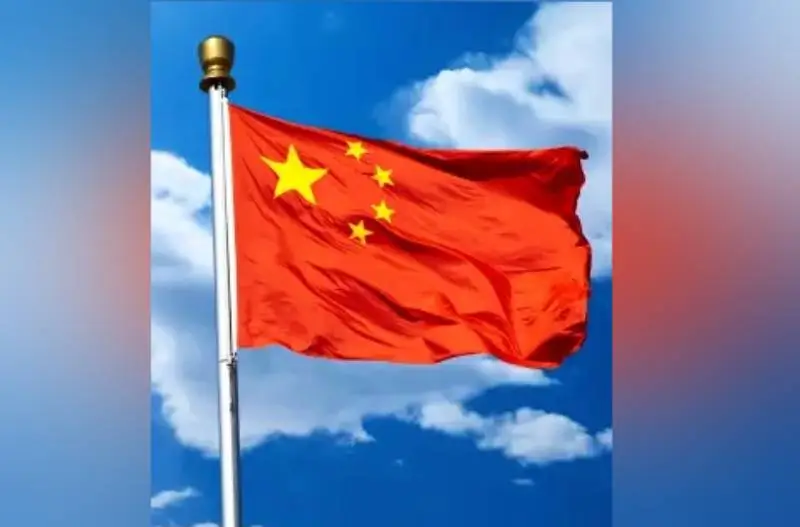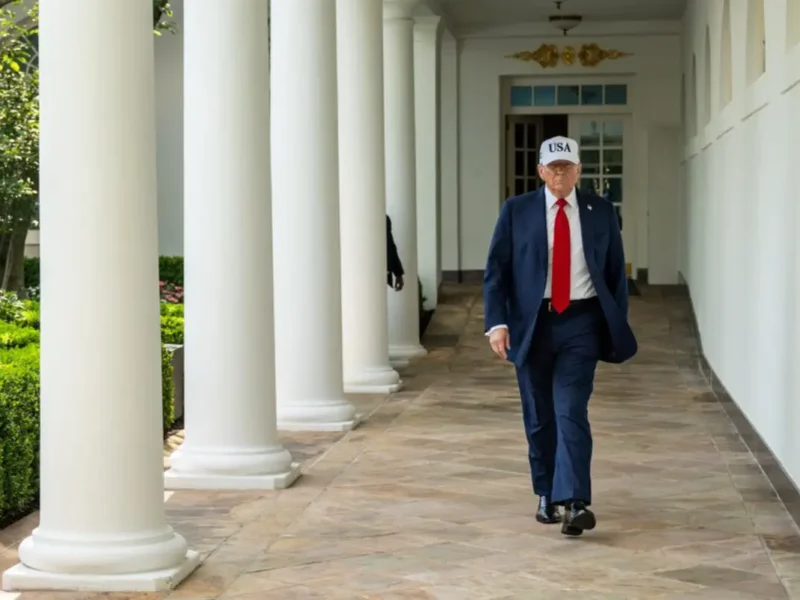
China’s Arms Exports Decline Due To Poor Quality
NEW DELHI – China’s arms exports have significantly declined over the past decade due to issues related to poor quality, compatibility problems, and substandard operational performance.
Although many countries have been compelled to purchase military imports from China because of lower costs and coercive economic influence, numerous reports highlight recurrent defects, inadequate technical support, and lack of spare parts, underscoring a serious quality issue within China’s military-industrial complex.
Major importers frequently cite hidden costs and technological incompatibility as additional factors adversely affecting China’s arms exports.
Pak Navy
The agreement for four multi-role Tughril class (Type 054A/P) frigates for the Pakistan Navy was finalized between Pakistan and China in June 2017-18 with considerable fanfare, grandiose rhetoric, and lofty promises of resolving the Pakistan Navy’s persistent, decade-long issues with ‘Made in China’ ships. However, these vessels have experienced several significant machinery defects. The combat systems, including missiles and torpedoes, have yet to demonstrate their intended operational capability.
Thailand
Interestingly, in 2013, China offered three Type 054A ships to the Royal Thai Navy for $1 billion. However, the Royal Thai Navy opted for a variant of the South Korean ‘Gwanggaeto the Great’
Class Destroyer from Daewoo Shipbuilding & Marine Engineering instead. The reasons behind this decision are becoming evident amid the growing crisis faced by developing nations that heavily depend on cheaper defense imports from Chinese manufacturers.
These pieces of equipment, introduced with much fanfare, quickly end up operating well below their intended capacity and desired performance due to an increasing rate of failures, lack of spare parts, and dwindling support from the Chinese original equipment manufacturers. Additionally, the consistent unavailability of system experts has exacerbated the existing problems.
“Their most significant considerations in arms procurement are price and politics, with corruption playing a prominent role. China can offer weapons at a low cost, with hefty discounts or bribes for officials in charge of the procurement and go-between individuals,” writes Tanmay Kadam in a Eurasian Times article.
In the post-COVID world order, marked by the severe economic and financial crises in Pakistan and Sri Lanka, China’s reputation among other nations has been called into question. This issue extends beyond Pakistan, as the Harbin Z9 helicopters exported to Cambodia and Cameroon have also experienced a notable failure rate.
Bangladesh, a significant purchaser of Chinese defense equipment has encountered substantial problems with the performance and operational availability of its Chinese ships, F-7 fighter aircraft, MBT 2000 tanks, K-8W jet trainer aircraft, and Ming-class submarines.
UAE
Earlier this year, the United Arab Emirates also returned Chinese Wing Loong II drones due to subpar performance and recurring defects. Consequently, the UAE is expected to acquire Turkish Bayraktar TB2 drones, thereby diminishing its defense import relations with China. Nigeria, similarly, has relied heavily on Chinese military equipment, including VT-4 tanks and fire support vehicles. However, the proposed establishment of an aircraft spare production facility in Nigeria has yet to materialize.
Myanmar
Several Chinese-made F7 and JF17 aircraft imported by Myanmar have also been lost in crashes due to the failure of critical equipment. Furthermore, the additional charges imposed by Chinese manufacturers and significant delays compelled Myanmar to seek expertise on the JF17 from Pakistan. Issues have also been reported with the Beyond Visual Range missiles and the aircraft’s radars.
Chinese military export equipment has undeniably been lagging the world’s major weapon manufacturers in terms of electronic reliability, engine failures during extended operations, and the quality of composite materials used.
According to the Stockholm International Peace Research Institute (SIPRI), China’s exports decreased by 7.8 per cent between 2016 and 2020 compared to the preceding five-year period.
Russia Reverse Engineering
Primarily reverse-engineered from Western or Russian military technology, the lack of available spare parts affects the operational readiness of key platforms during the emergent crisis. This creates a challenging situation for importing countries to manage unforeseen crises amid the current tense geopolitical environment.
There is increasing dissatisfaction among developing countries, as they perceive Chinese manufacturers as unreliable investors in the expansion of the weapons trade. Existing customers, who have already invested significant funds, find themselves with no viable options to withdraw from these arrangements. (IANS)




